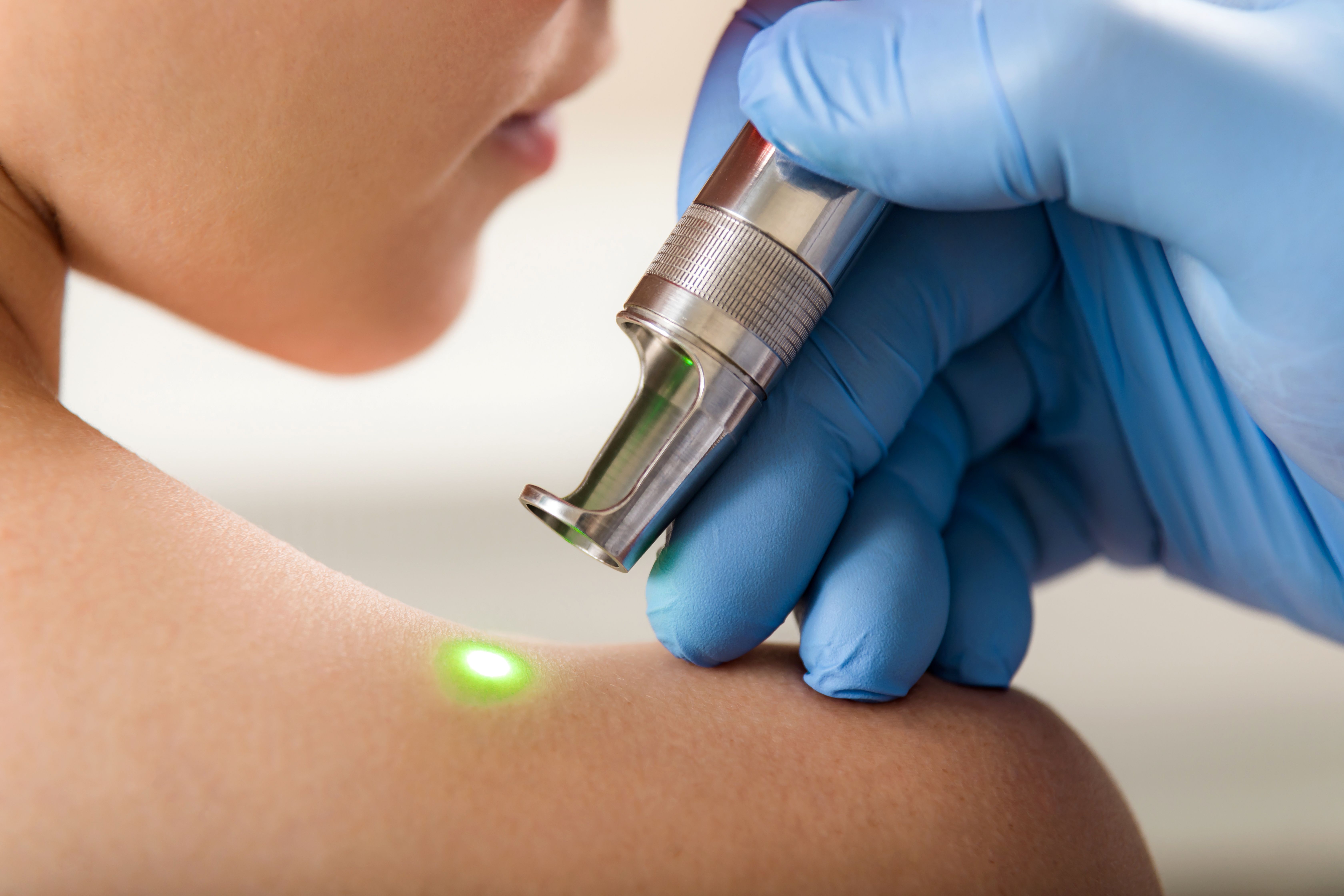- Acne
- Actinic Keratosis
- Aesthetics
- Alopecia
- Atopic Dermatitis
- Buy-and-Bill
- COVID-19
- Case-Based Roundtable
- Chronic Hand Eczema
- Drug Watch
- Eczema
- General Dermatology
- Hidradenitis Suppurativa
- Melasma
- NP and PA
- Pediatric Dermatology
- Pigmentary Disorders
- Practice Management
- Precision Medicine and Biologics
- Prurigo Nodularis
- Psoriasis
- Psoriatic Arthritis
- Rare Disease
- Rosacea
- Skin Cancer
- Vitiligo
- Wound Care
Article
Bacterial skin infections: Sweating, abrasions increase athletes' risks
Sweating increases athletes' risks for bacterial skin infections, from impetigo to pitted keratolysis. Sweating combined with contact sports increases those risks.

Key Points
Omaha, Neb. - Athletes are particularly prone to bacterial infections, because most perspire during sports participation.
In a cascade of events, the skin softens, breaking down its natural desiccating barrier and allowing bacteria to penetrate.

MRSA threat
A superficial bacterial infection, impetigo is a hazard in any type of contact sport; even though it usually starts on a mucous membrane, abrasions are also fertile ground.
Dermatologists should treat these infections aggressively, according to Dr. Basler, because of the growing and serious threat of methicillin-resistant Staphylococcus aureus (MRSA).
"It is OK to use antibacterial cleansers and topical antibacterials to treat impetigo, but we also need to consider using systemic antibiotics early on," Dr. Basler tells Dermatology Times.

In practice for 30 years, Dr. Basler once saw a wrestler die from a staph infection that progressed to septicemia, because the athlete was not treated aggressively with antibiotics.
"These infections become particularly worrisome with MRSA, because it is a resistant organism by definition.
"The lesions of MRSA tend to look more like a folliculitis ... with papules and pustules commonly over the buttocks," Dr. Basler says.
"Wrestlers are at risk because of their tight uniforms. Even tennis players sometimes wear 'bun huggers,' the briefs that are tight to avoid chafing between their legs.
"You might also see the occlusive folliculitis in football and hockey players, under their pads. The problem is that the pads abrade the skin over the oil glands and bacteria get in," he says.
Patients commonly refer to the classic MRSA lesion as a spider bite. When they present to the dermatologist complaining of a spider bite, dermatologists see a deep subcutaneous infection, possibly with an abscess formation.
"The key is that if you are seeing something that looks like a furuncle or impetigo, it is important to treat early with antibiotics that will kill MRSA, and also staph and strep. I use clindamycin or the sulfa-based drugs," he says.

Whereas dermatologists might have treated bacterial skin infections with penicillin or cephalexin 10 years ago, currently, they will likely use drugs that treat MRSA as a front line.
Newsletter
Like what you’re reading? Subscribe to Dermatology Times for weekly updates on therapies, innovations, and real-world practice tips.













